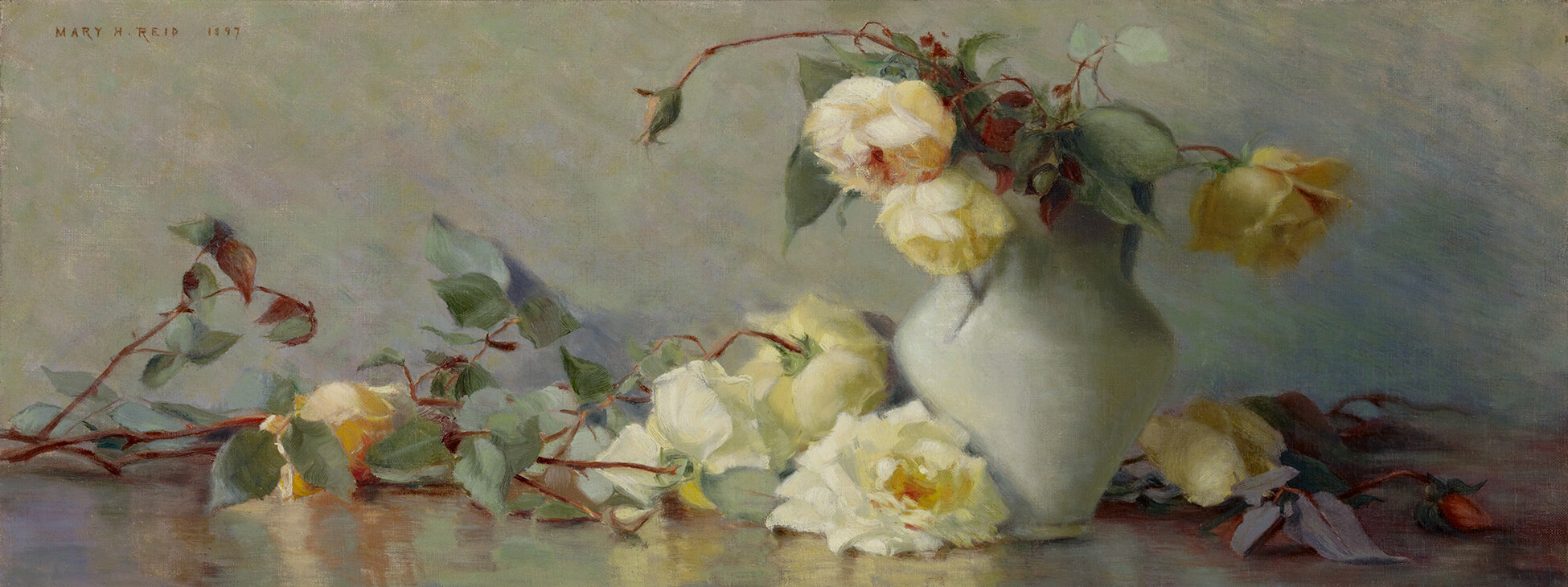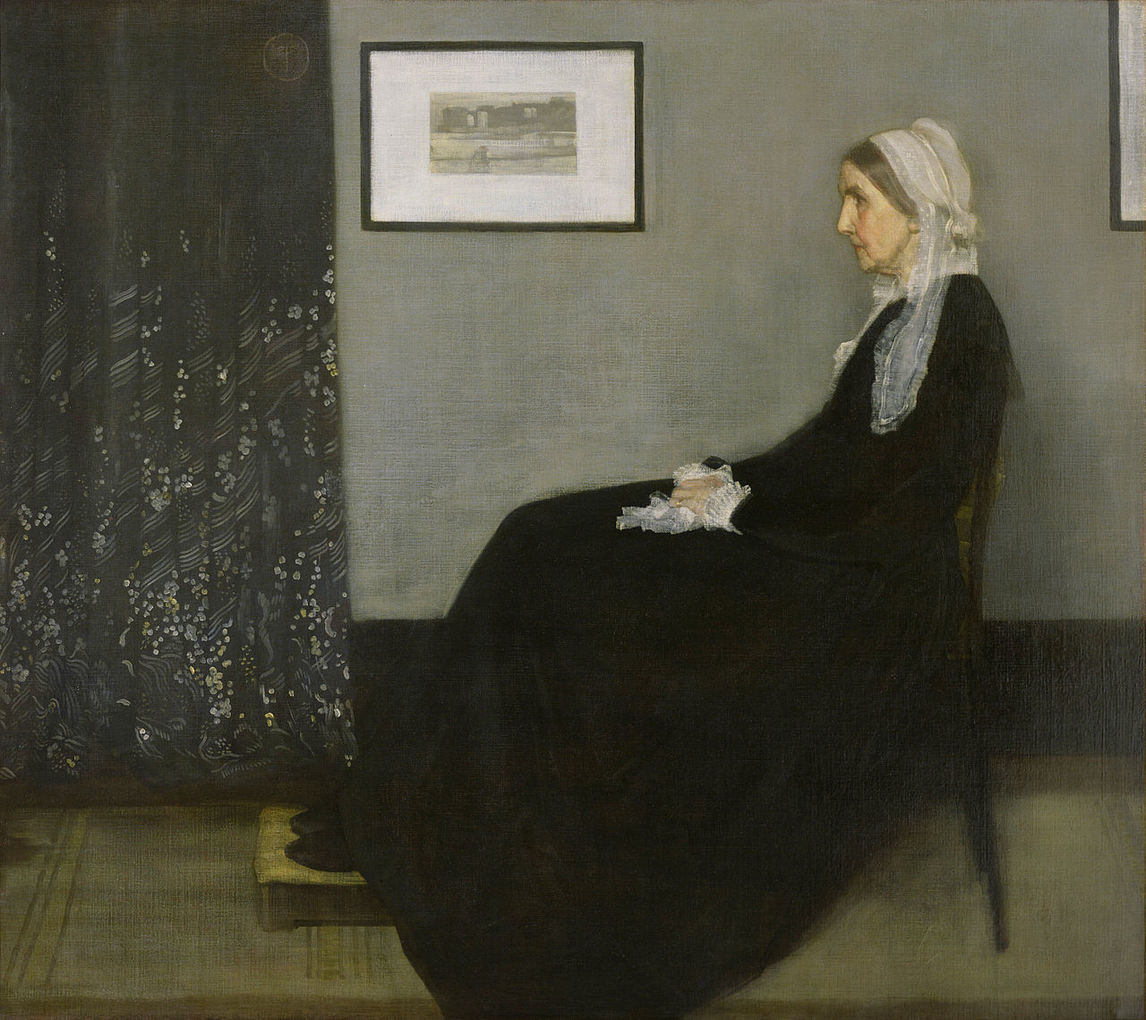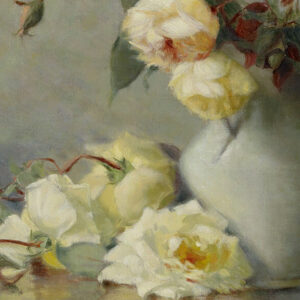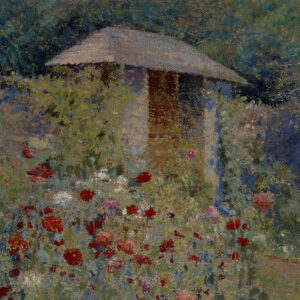A Harmony in Grey and Yellow 1897

Mary Hiester Reid, A Harmony in Grey and Yellow, 1897
Oil on canvas, 34.3 x 90.2 cm
Government of Ontario Art Collection, Toronto
A Harmony in Grey and Yellow features the rose, a flower frequently depicted by Hiester Reid. More importantly, the title of this work signals the artist’s deep awareness of the Aesthetic movement, as well as the work of American artist James Abbott McNeill Whistler. A leading Aesthete, Whistler produced Tonalist art, a style popularized in the United States between 1880 and 1915 and characterized by artists’ use of a limited palette of soft, primarily dark colours to showcase harmonious pictorial unity in their works. Other well-known Tonalist practitioners were American artists George Inness (1825–1894) and John La Farge (1835–1910). Whistler liked to title his paintings to emphasize what Brian Foss calls the “poetic potential of unassuming subjects,” as shown in Whistler’s Arrangement in Grey and Black No. 1, 1871, also known as Portrait of the Artist’s Mother. The terms “arrangement” and “harmony” are commonly used by musicians when referring to or naming their scores. Whistler’s titles highlighted the artistic correlation between a musician’s arrangement of notes and a painter’s deployment of colour and tone.

Like Whistler, Hiester Reid uses a musical term in the title of her work and displays a limited colour palette with notable tonal contrasts. The grey-blue patches of the background and cast shadows highlight the yellow-white tones and individually defined petals of each of the roses, depicted as wilting, falling, and fallen, and arranged across the entirety of the work’s horizon line. Though Hiester Reid garnered inspiration from the work of Whistler, Inness, and La Farge, she maintained her characteristic attention to verisimilitude. As one critic wrote in the 1892 Royal Canadian Academy of Arts (RCA) exhibition, “Mrs. Hiester Reid continues to paint roses and antique pottery with such delightful softness and power; these pictures cannot be classed with ordinary still-life rendering, as they go far beyond it and raise the subject by the treatment.”
The rose was a favourite subject for Hiester Reid. Of the many works she exhibited at the annual exhibitions of the RCA from 1885 to 1918, roses are referenced in twenty-seven of the titles, including two works titled Roses and Still Life, 1892 and 1893, A Sunset Rose, 1893, Mermet Roses, 1894, and Yellow Roses, 1898. The enduring popular appeal of Hiester Reid’s floral images was underscored when the Montreal Daily Witness newspaper article that described the opening night of the 1899 RCA exhibition in Montreal also depicted a sketch called Roses and signed “Mary H. Reid.”

 About the Author
About the Author
 More Online Art Books
More Online Art Books
 Acknowledgements
Acknowledgements